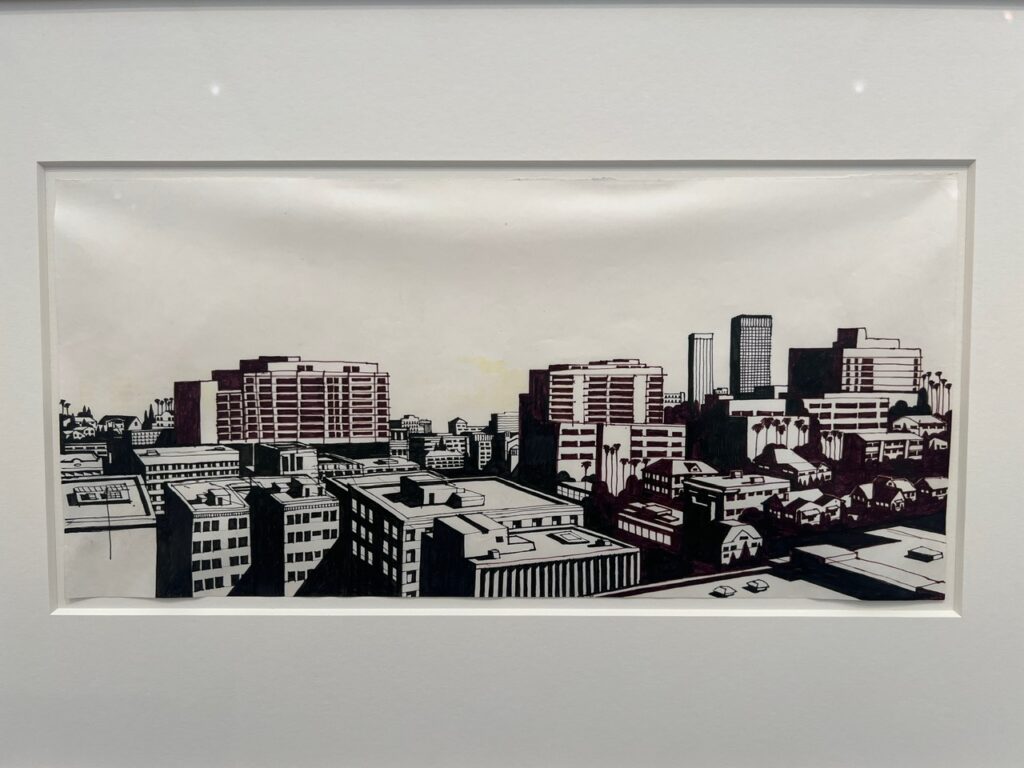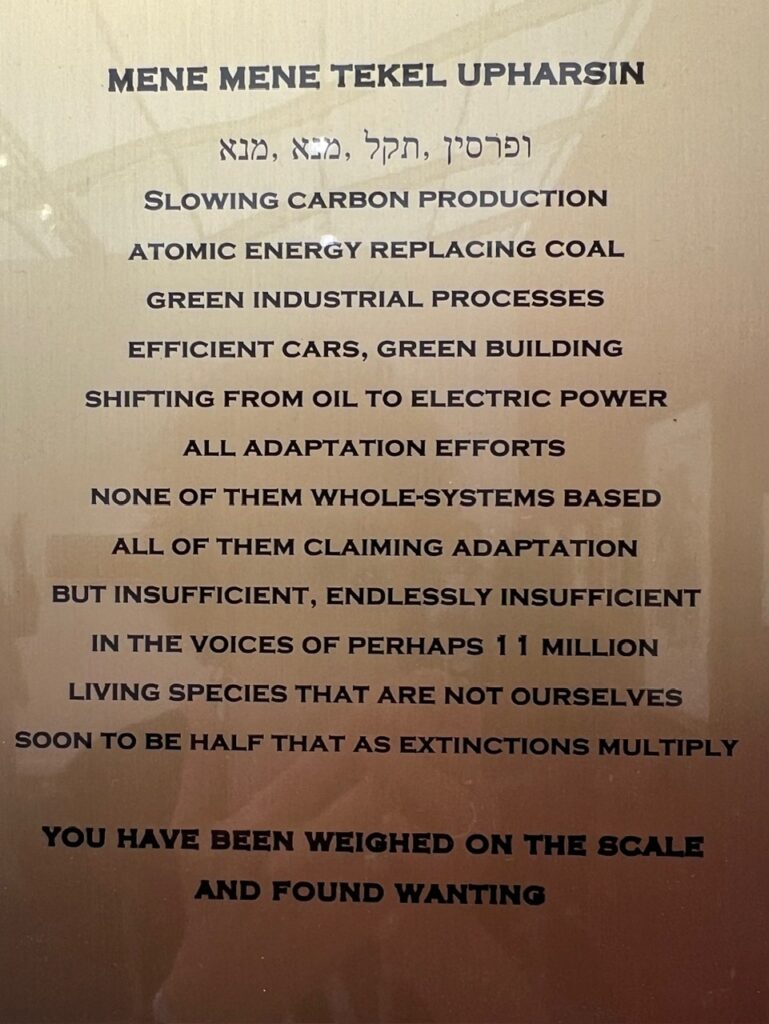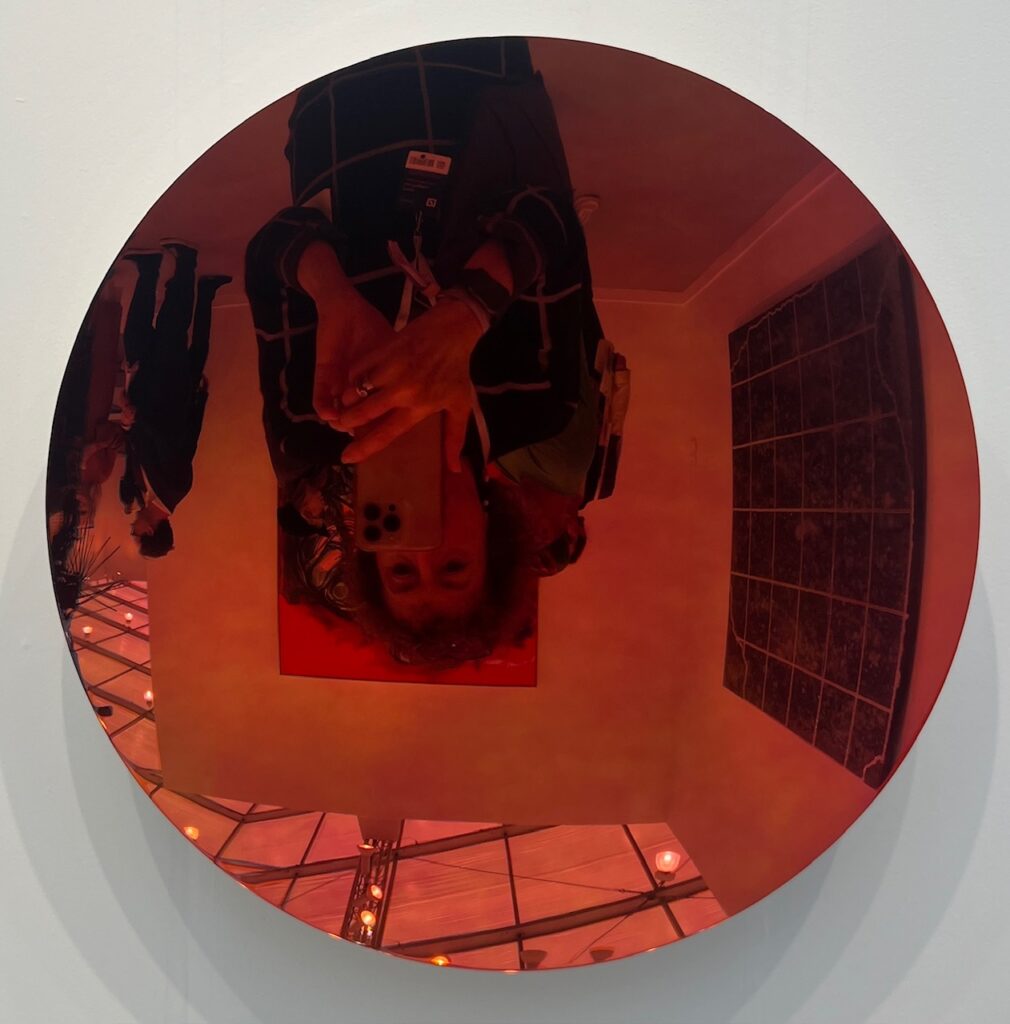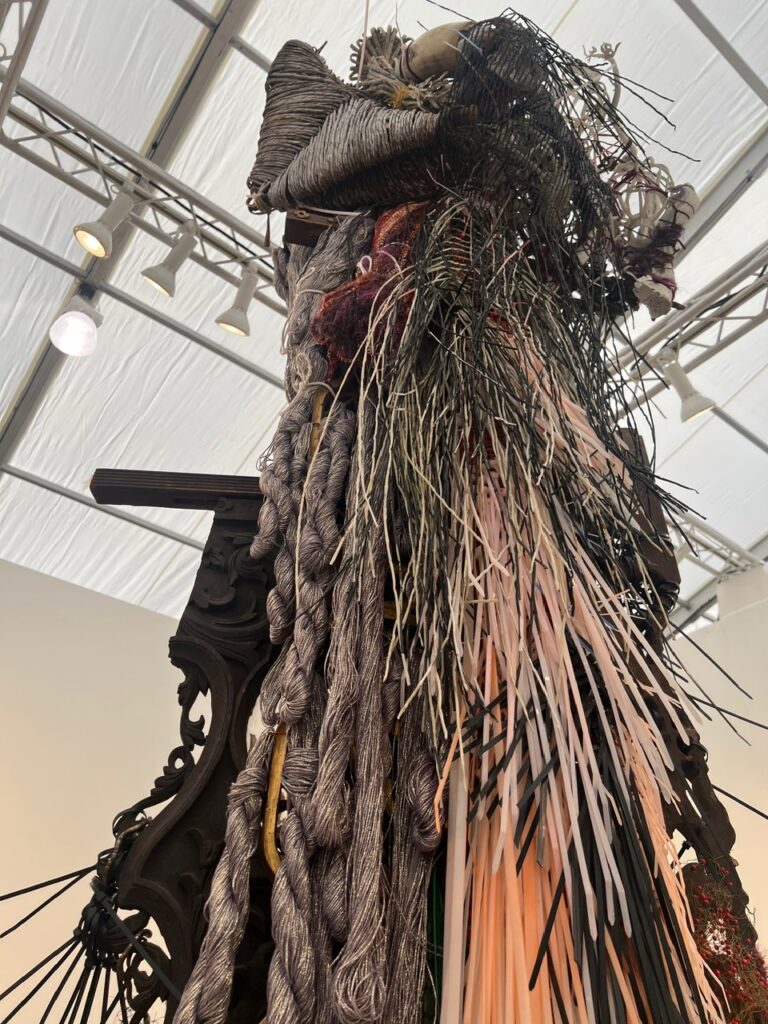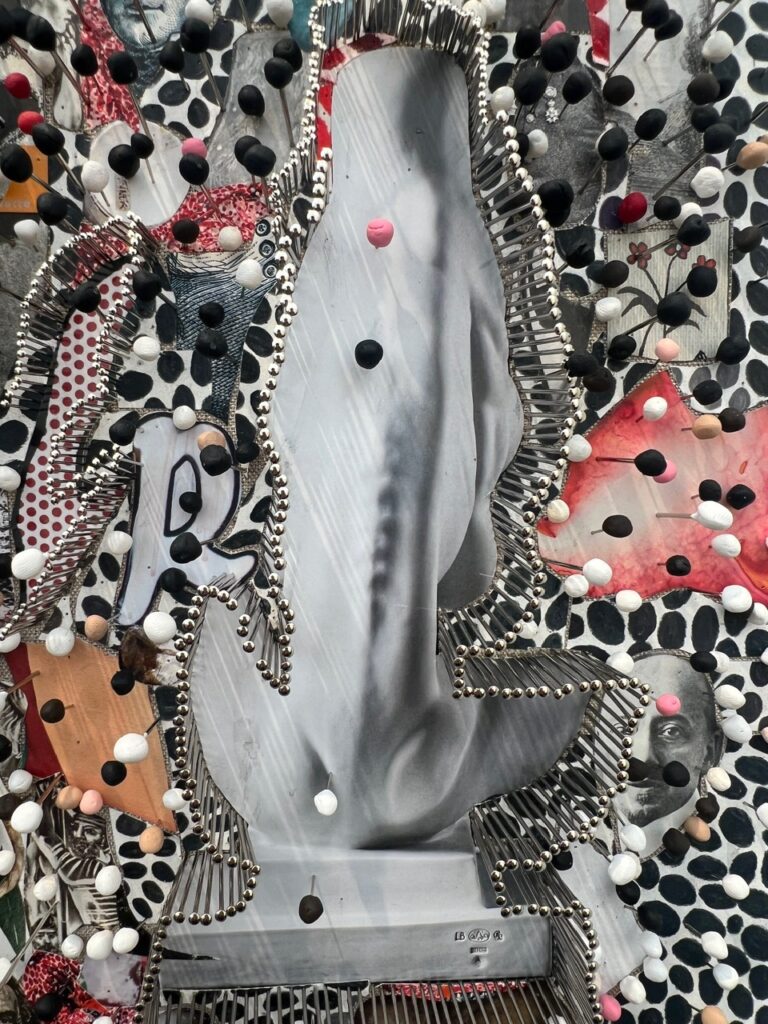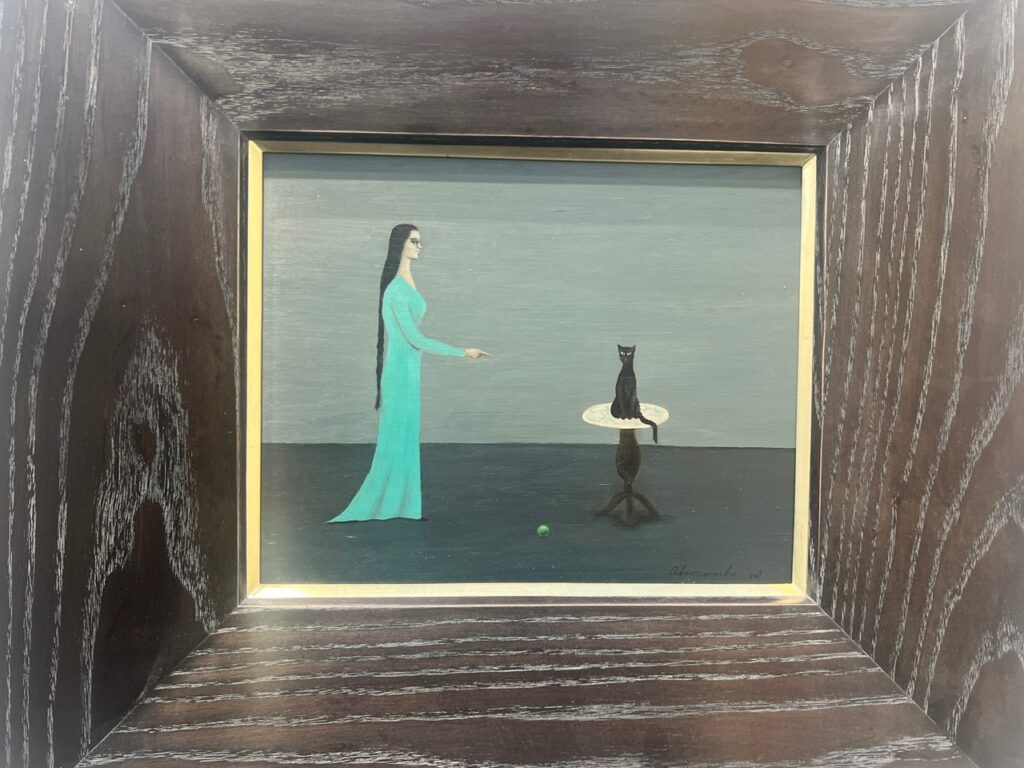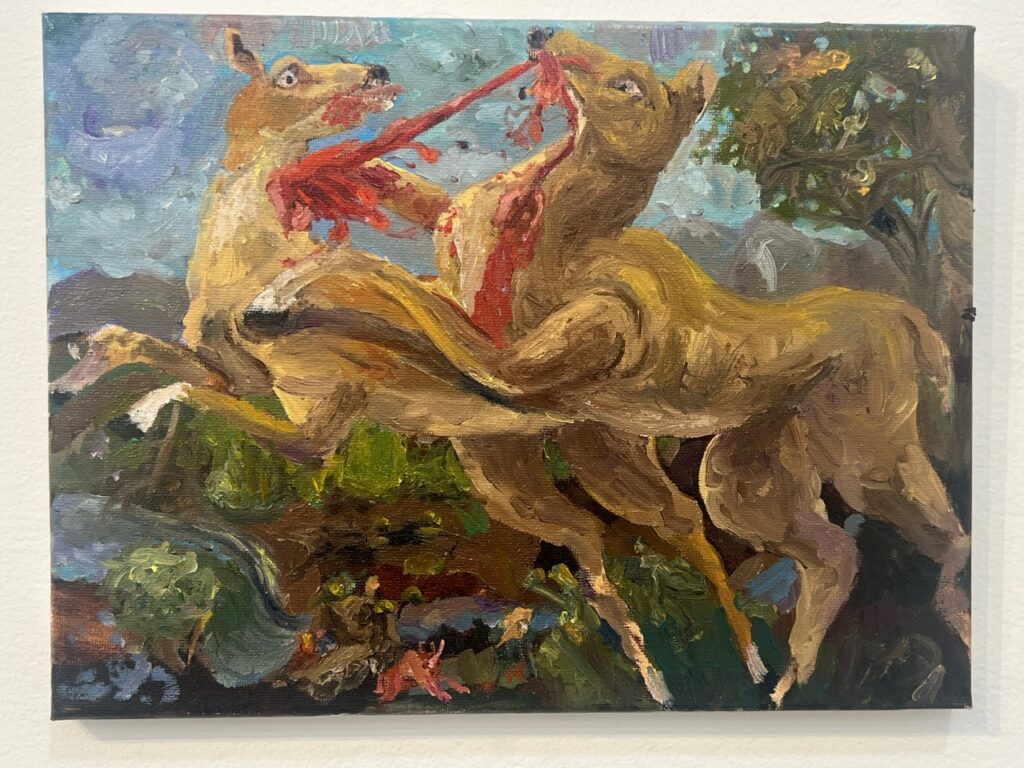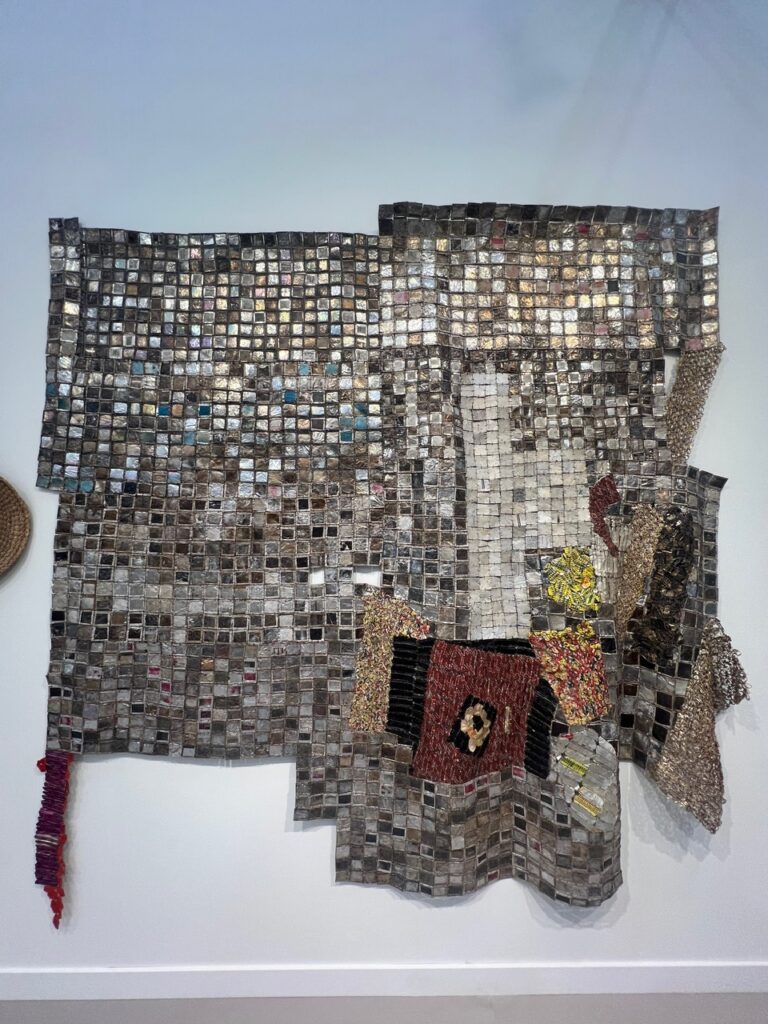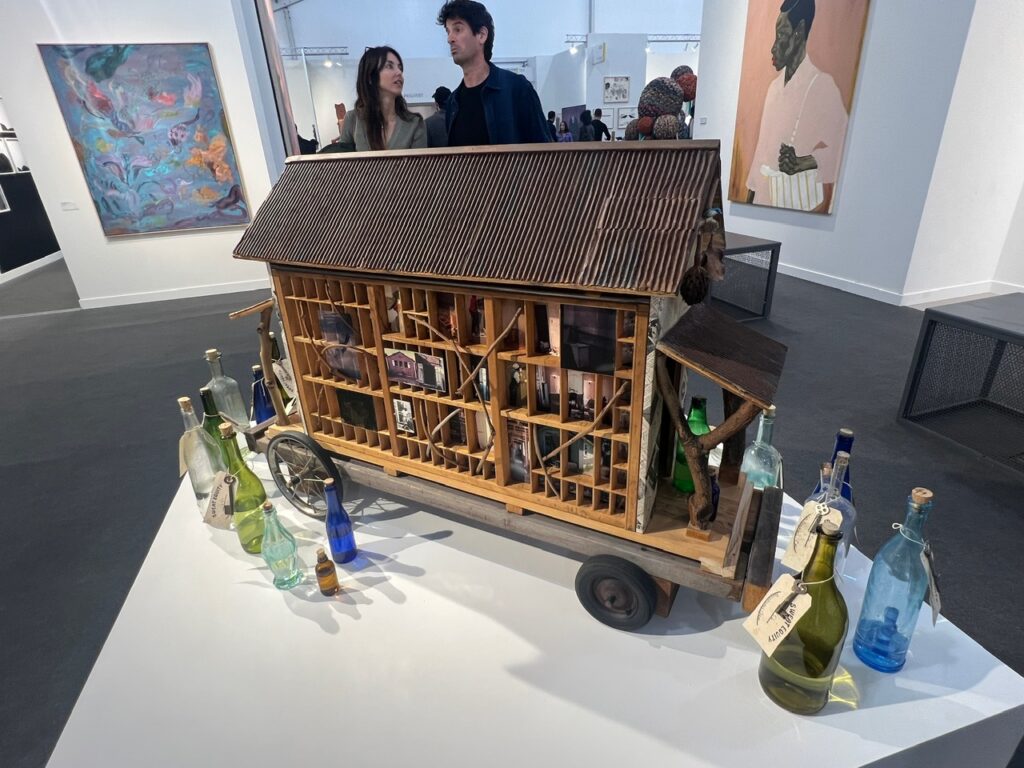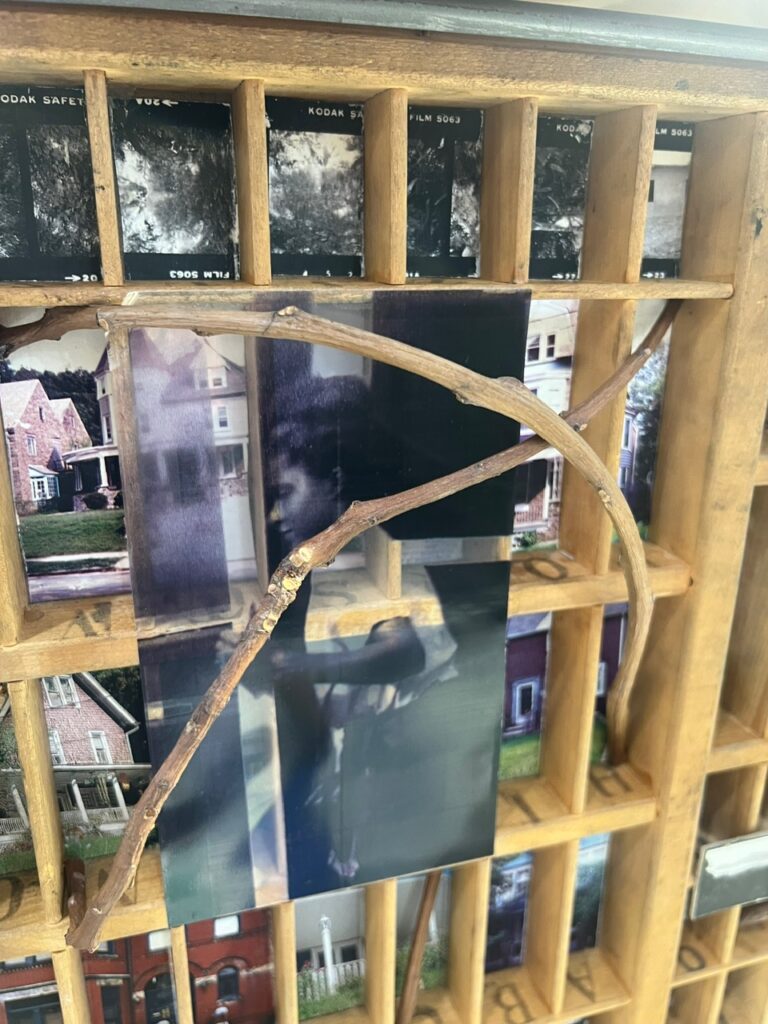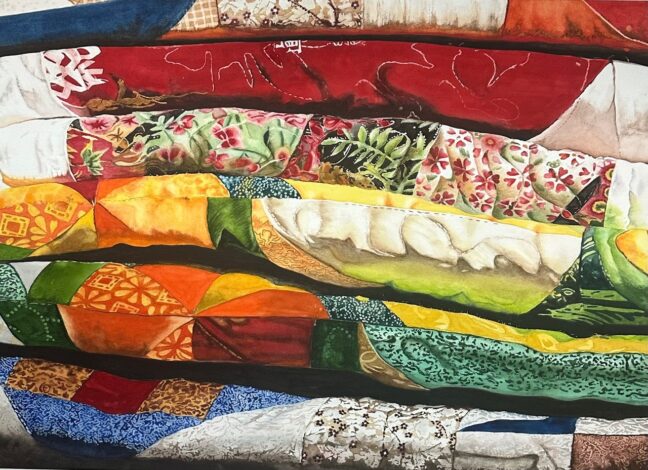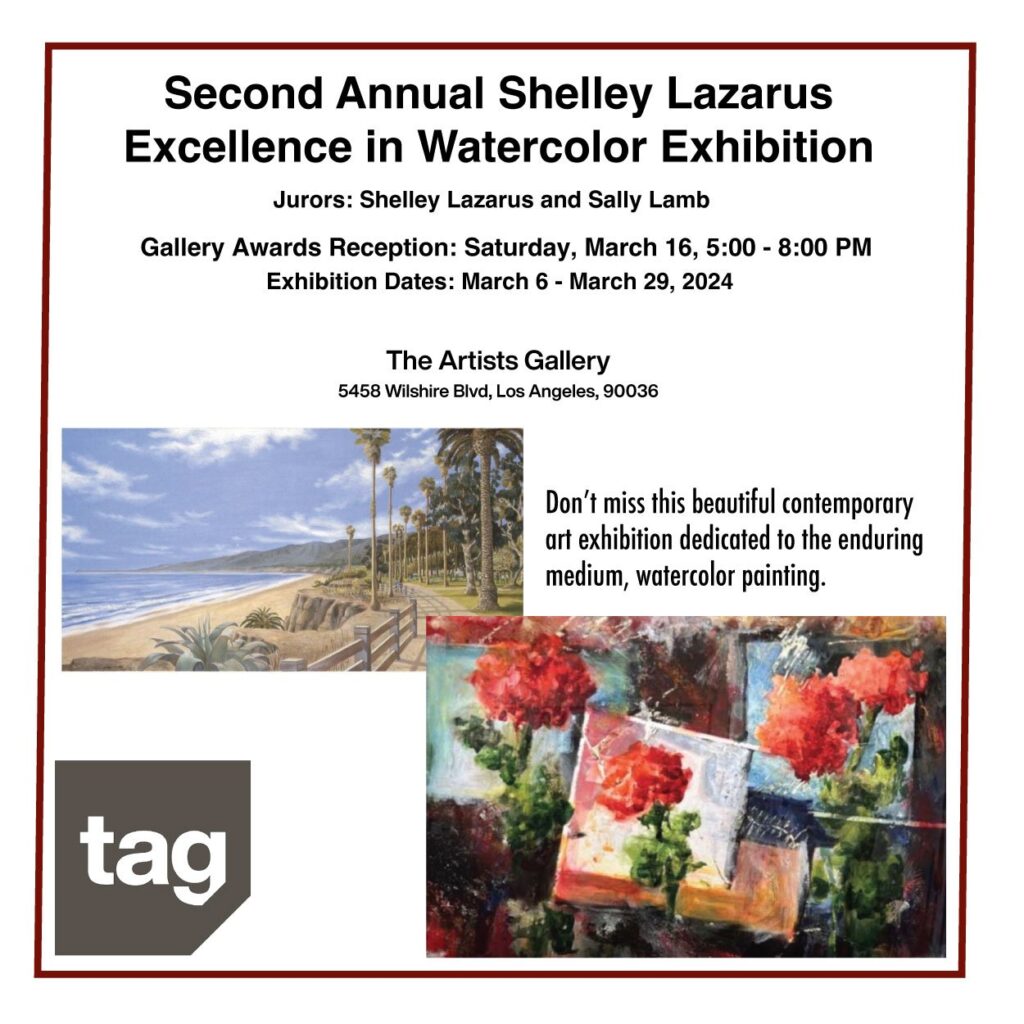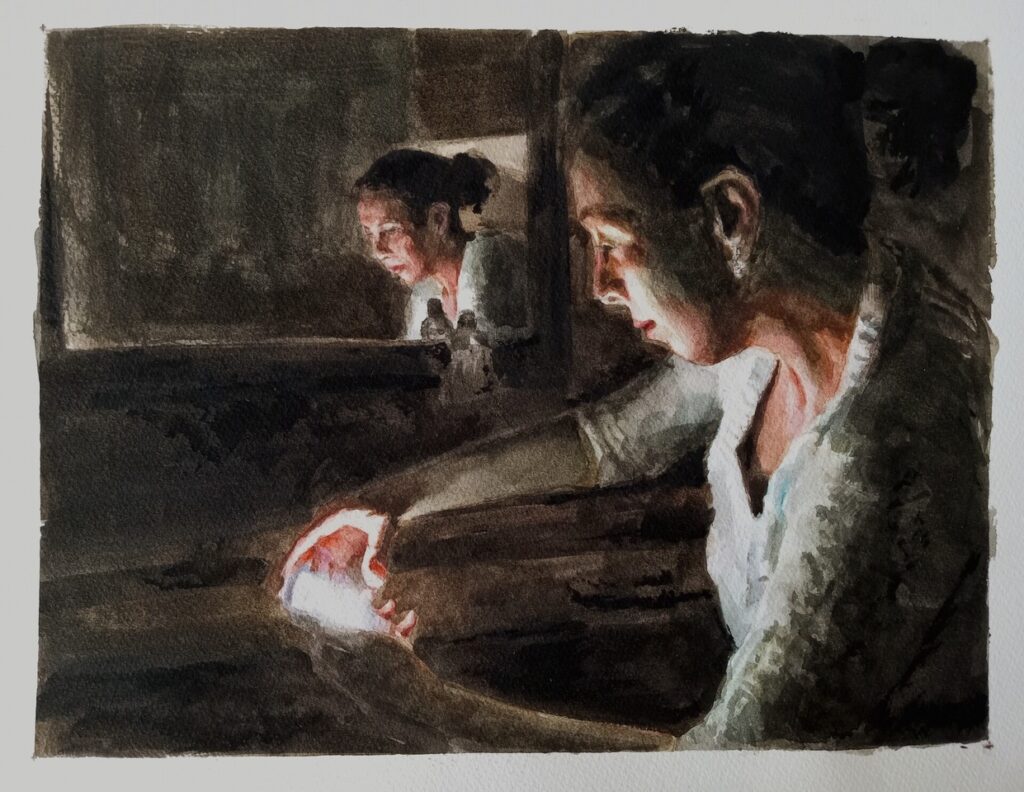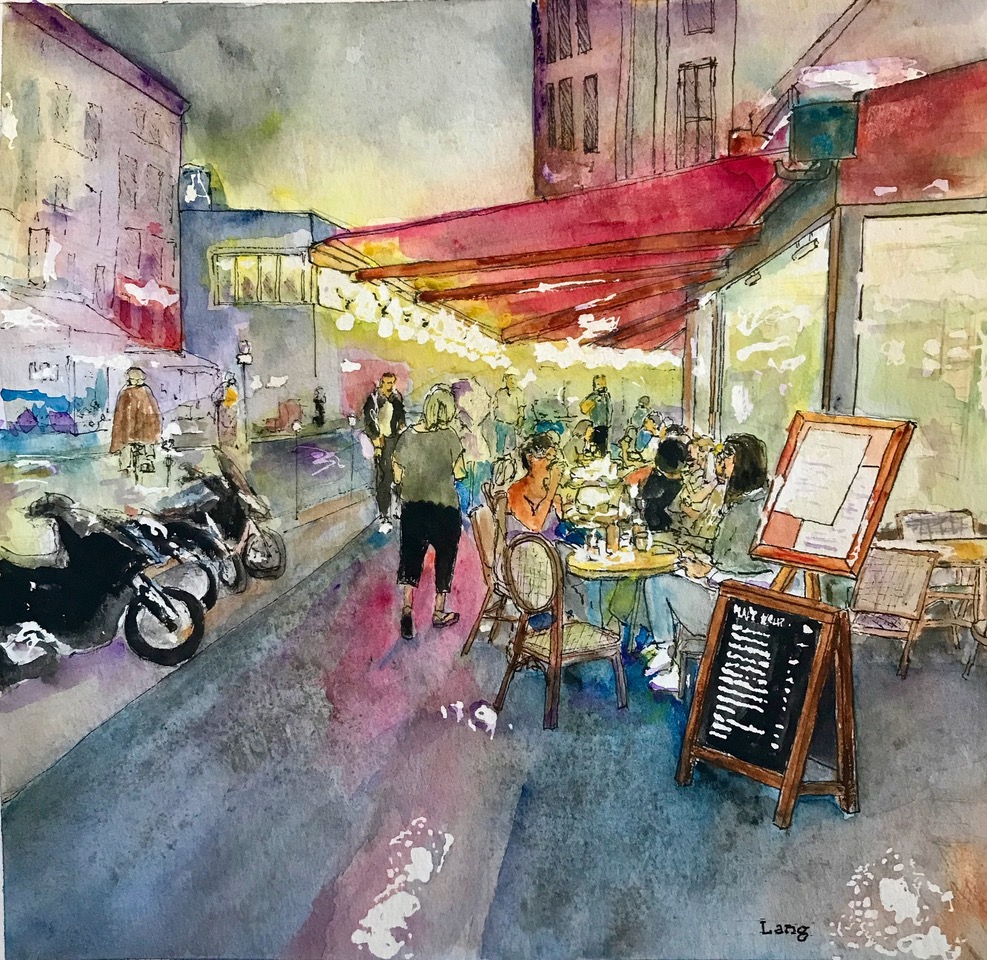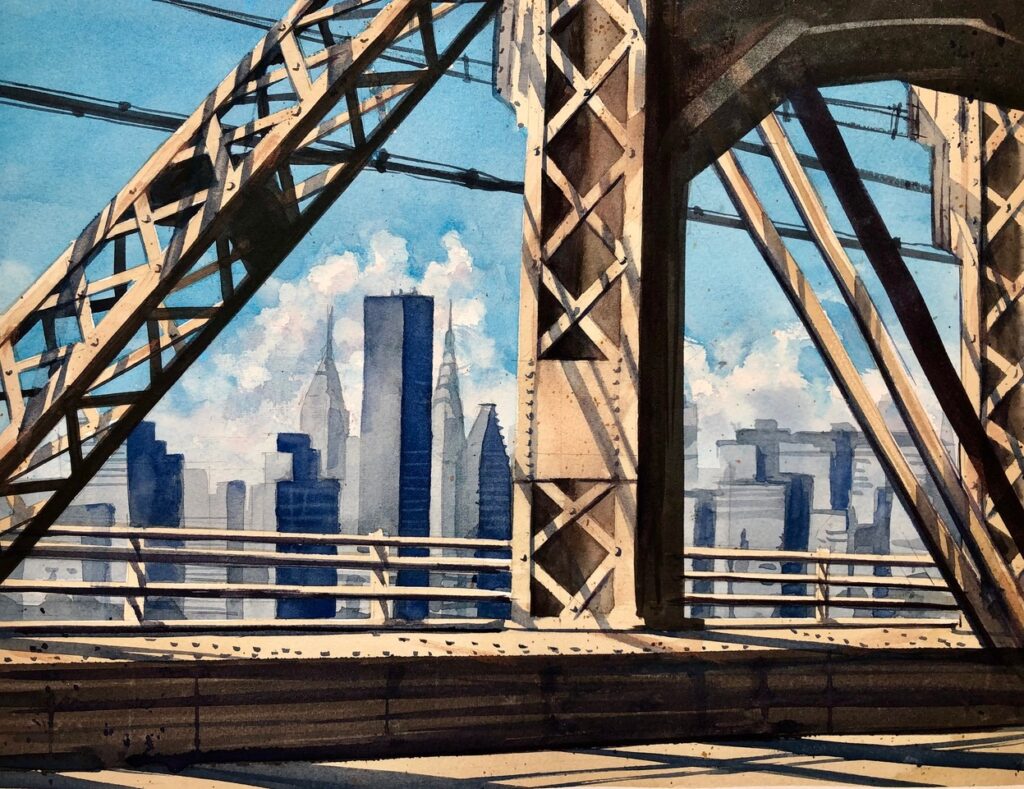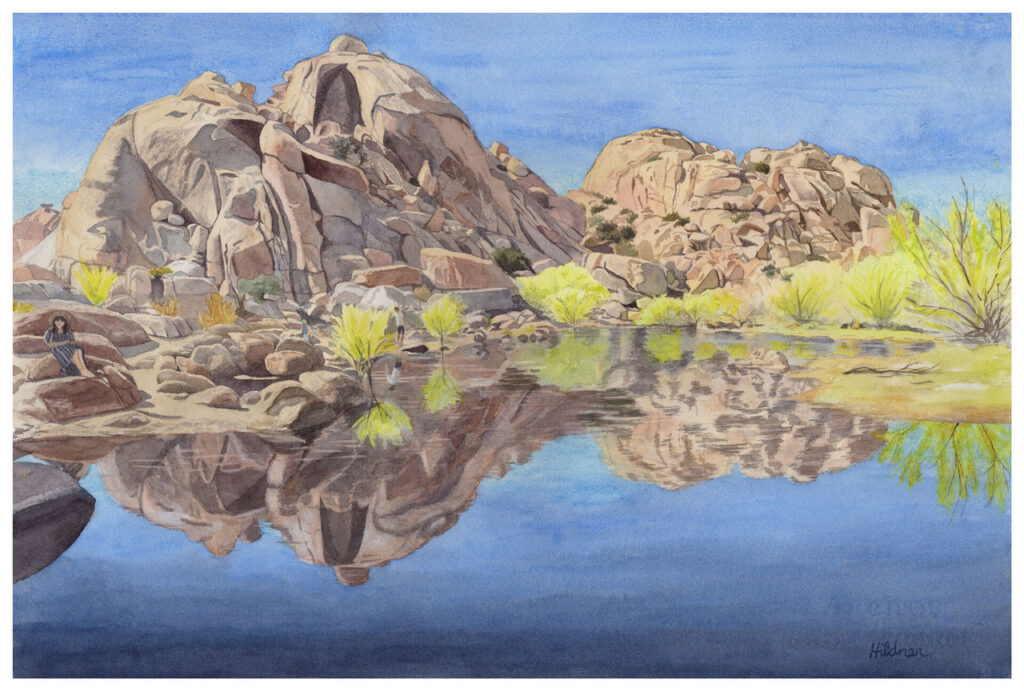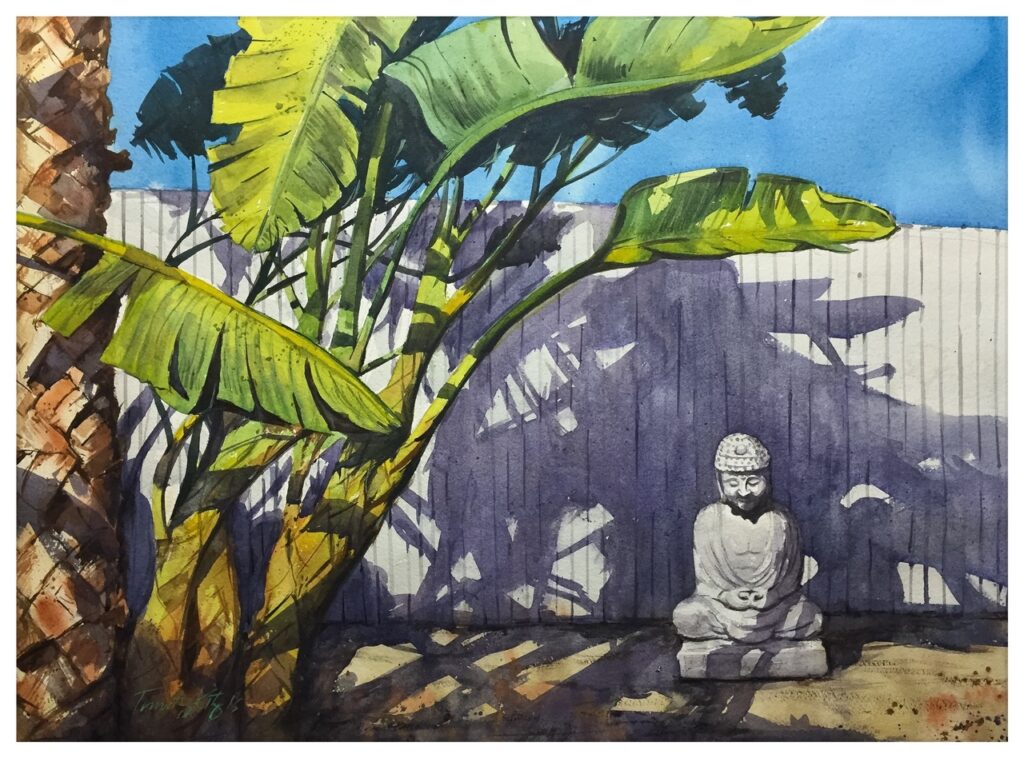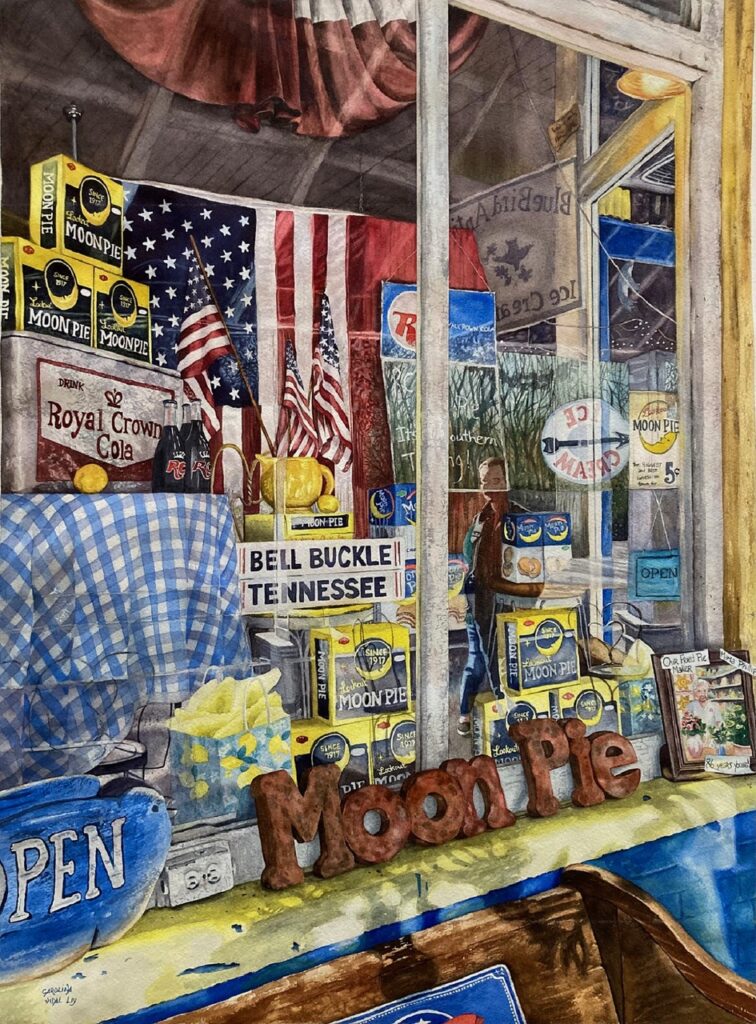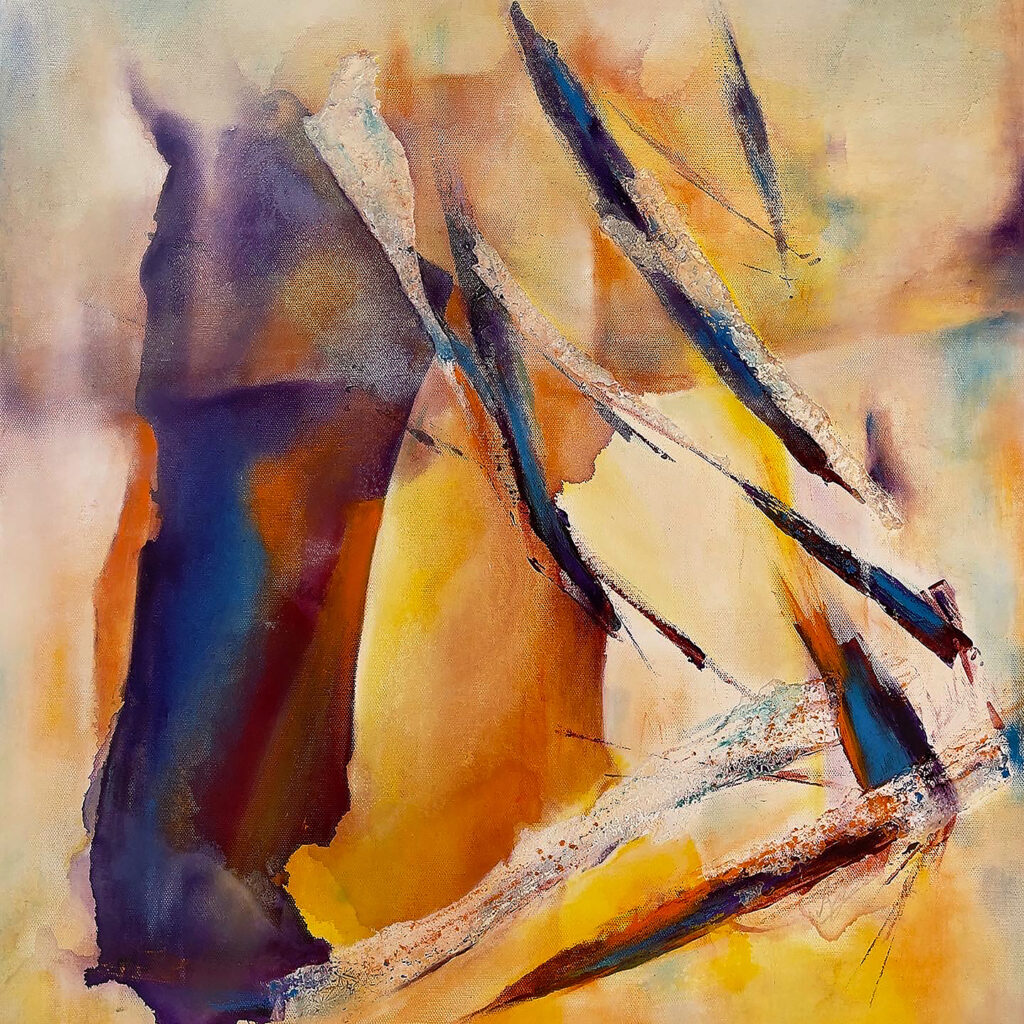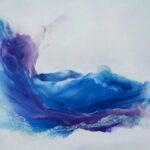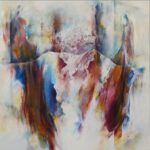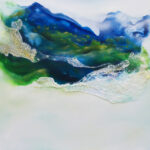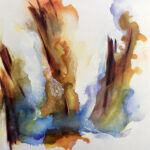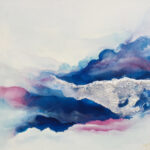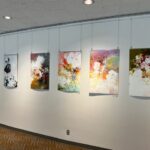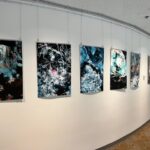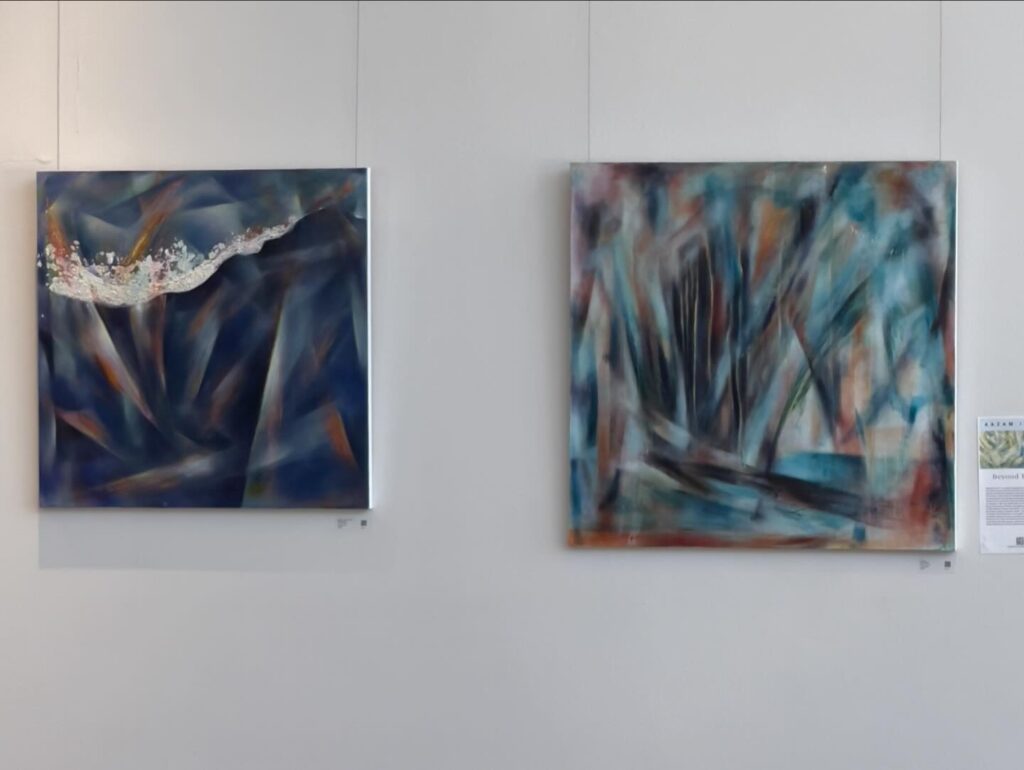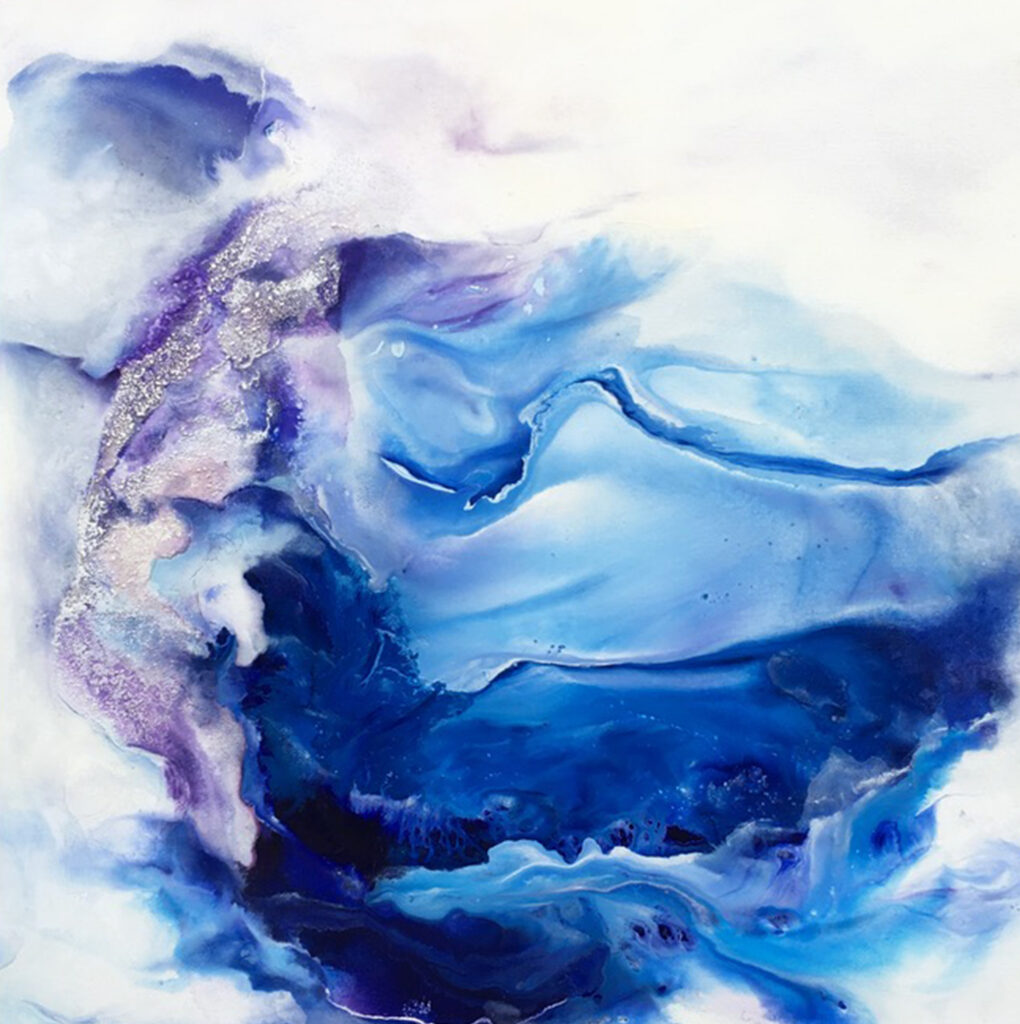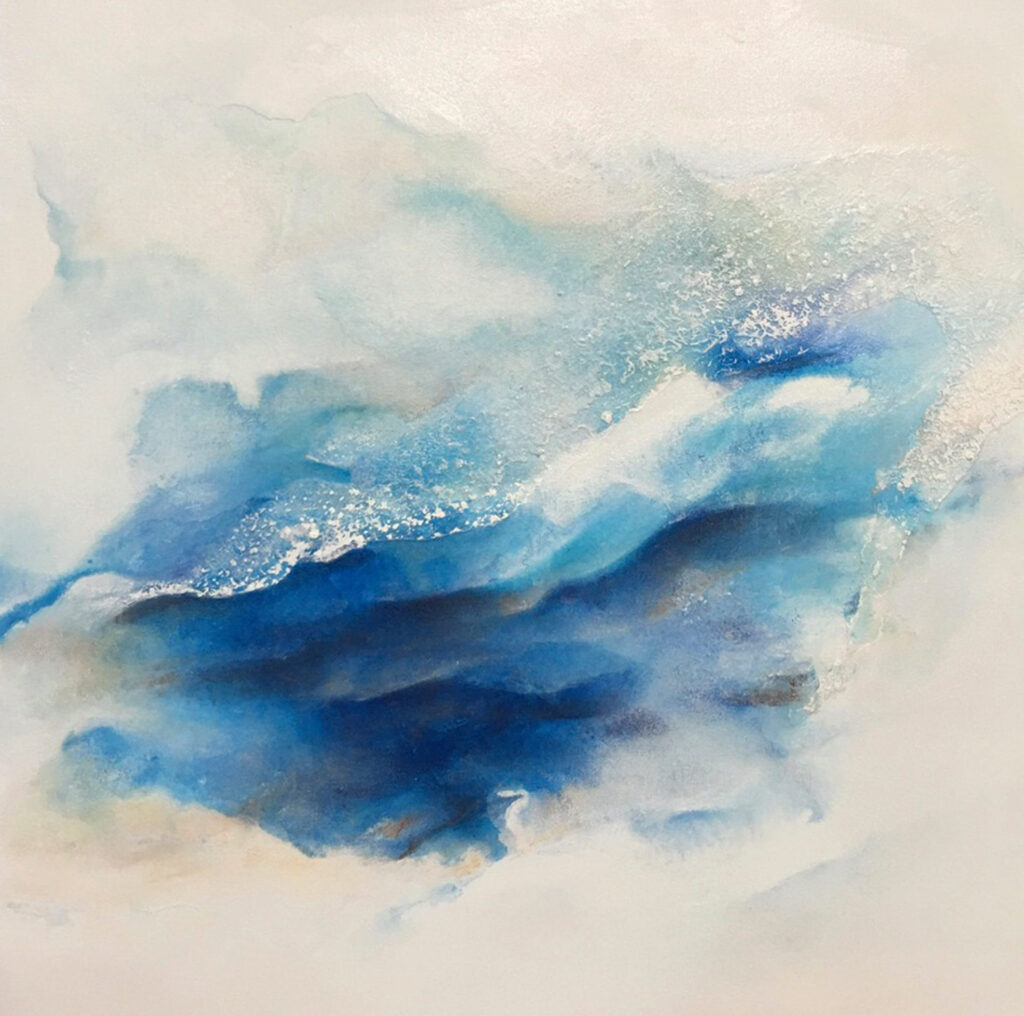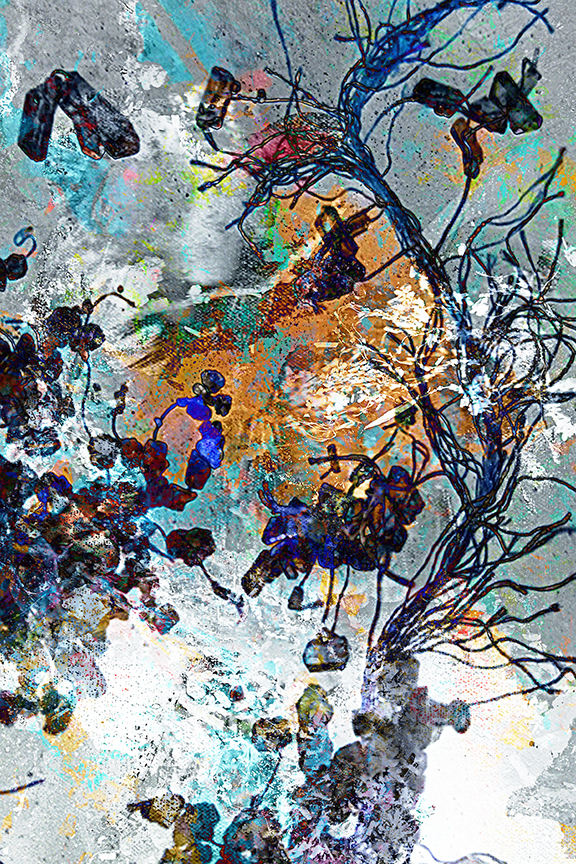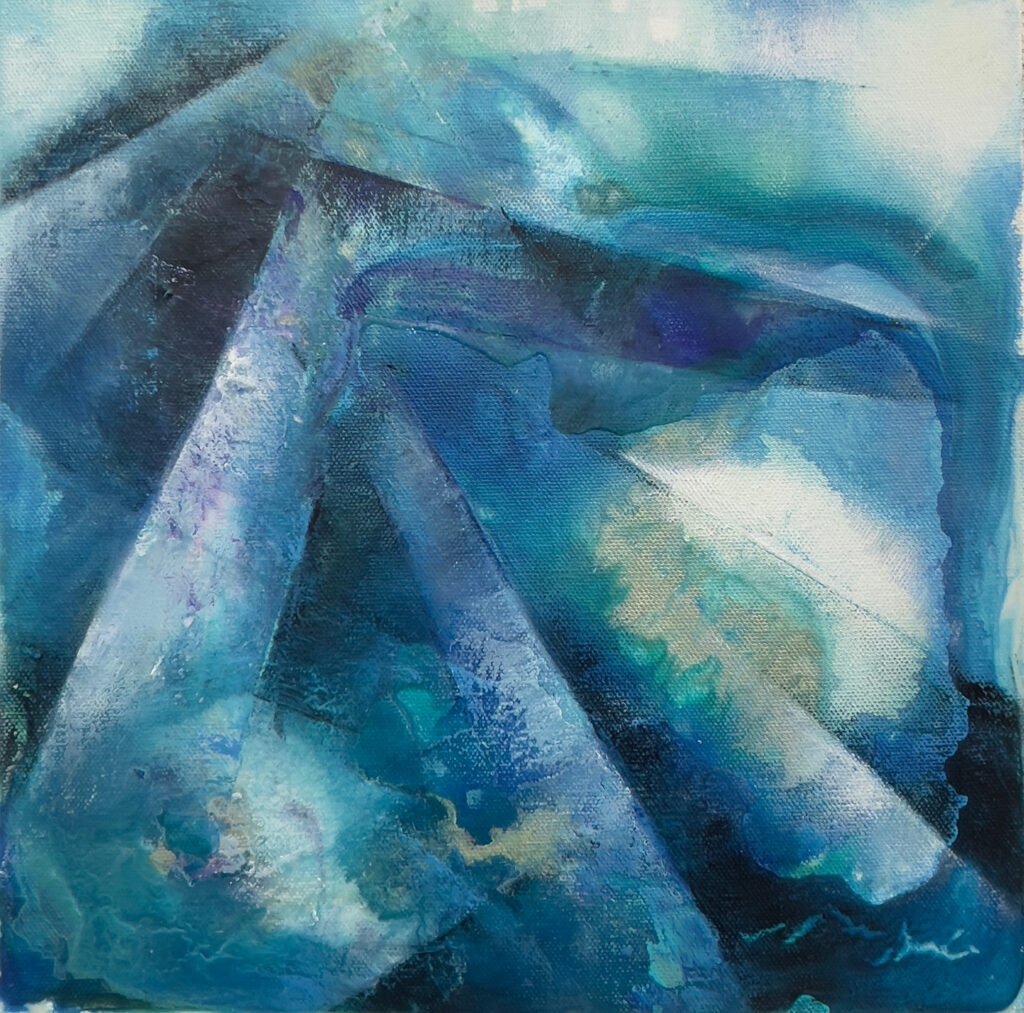Twenty-one years ago, in 2003, the first Frieze art fair was held in London. It was nine long years until Frieze crossed the pond and brought the art fair to New York. When Frieze set up a huge tent in Hollywood (how appropriate) at Paramount Studios in 2019, it was anticipated with great excitement and seen as an acknowledgment of California’s outsized, though often overlooked, influence on contemporary art. Now Frieze LA has moved to the West Side and is no longer the new kid on the block. The new kid would be Seoul, Korea now. The Los Angeles fair is just part of Frieze’s ever expanding global brand.
Still, with 95 galleries, many from Los Angeles, representing 21 countries and hosting 32,000 visitors — collectors, designers, consultants, artists and of course, celebrity athletes and actors, it’s worth a look. It is a chance to see all the top Los Angeles galleries in one place in a festive and bustling environment.
The concept of the gallery or museum as a clean, well-lit space with white walls has given way to a plethora of painted surfaces. Various Small Fires gallery is a case in point, with walls painted a rich wine red along with a rug of the same color that made the installation both striking and inviting. VSF showcased artists whose work dealt with sustainability, species extinction and climate change. Brandon Ballengee’s mixed-media, hand-colored engraving of birds was elegaic and poetic. The artist cut out one of the birds leaving an empty shape instead, along with the ash-filled funerary urns on small shelves.
The text-based works of iconic conceptual artists Newton Harrison and Helen Mayer Harrison have words etched onto various materials like fabric or metal. One striking piece read “Mene Mene Tekel Upharsin,” lifted from a Biblical text and written in both Hebrew, and in English. The translation: “you have Been Weighed ON THE SCALE AND FOUND WANTING.”
Commonwealth and Council gallery had a compelling conceptual exhibit by Lotus L. Kang. A superb, light-sensitive sheet of chemically sensitive, unfixed film hung like a scroll, and was changed continuously during the exhibition.
Alexander Gray Gallery had a beautiful solo show of New York artist Carrie Moyers’ stunning and surprising paintings. Hints of landscape, clouds, trees, hills, foliage were embedded in the glittery super-smooth surface, making these works delightful. The Matthew Marks gallery had ink drawings by Ken Price alongside his underglaze painted bowls, cups, and plates that demonstrated his process. This heady mix of the well -known and the new was evident everywhere at the fair and was one of its strengths.
Regen Projects had a stunning, ever fascinating Anish Kapoor red stainless steel and lacquer piece that literally seemed to suck the viewer into the center weirdly like a black hole. Yet Elliot Hundley’s work nearby couldn’t have been more different than Kapoor’s slick reflective sculpture.
Hundley’s shaggy totemic sculptural piece was composed of found wood, string, fabric, purses, toys, netting intwined together that rose heavenward like an otherworldly devotional object. Nearby was another Hudley work – a densely collaged wall piece filled with pins and imagery. It drew the viewer in to try to decode the thousands of visual components and relationships that ultimately delight and confound.
Around the corner at Karma gallery was a quiet Gertrude Abercrombie painting from 1960. It was a tiny jewel of a work with a lady, a table, a black cat and a green ball.
The stillness inherent in this work was the exact opposite of the tumult and the turmoil of Celeste Dupuy-Spencer’s sculpted paintings nearby at Jeffrey Deitch Gallery.
These paintings with biblical imagery are filled with such angst and terror, that once seen they cannot be unseen. They are powerful commentary on the barbarism we see nightly on television that seems to be part of the dark soul of humanity.
The Jack Shainman Gallery had a fabulous mixed-media El Anatsui wall weaving that allowed the viewer the luxury of reveling in the details of the piece. Carlos Vega’s intricate oil on lead panel mixed media piece with cut outs was also intriguing and beautiful.
Always a treat to see the quintessential Los Angeles artist Carlos Almarez at Ortuzar Projects. His inimitable work included superheated hallucinogenic images of downtown Los Angeles, car crashes at night amid the palm trees, and mythological self- portraits. Nearby was work by Hernan Bas, an artist, I was not familiar with. Bas had a solo show of pencil drawings and acrylic paintings of beautiful young men that echoed French Impressionist paintings. The large-scale “A Bohemian at Breakfast” is reminiscent of Manet’s ” Bar at Folie-Bergere,” and just as engaging.
Francois Ghebaly Gallery had a marvelous small version of Dominique Moody’s tiny house that Moody created for her “Urban Nomad” series. This model was made of vintage printer trays, glass bottles, photo collage, corrugated cardboard, paper tags, corks and water.
Terry Allen’s virtuoso mixed media work, assemblages and installations at LA Louver were delightful, charming and engaging. He is a local hero and treasure whose work never gets dated.
This was just a sampling of the visual feast that this Frieze presented to the viewer. Clearly there was too much to write about. To say there was something for everyone would be an understatement. The main problem with the fair is the expense of the ticket, which meant many artists could not afford to come unless gifted tickets, leading them to view the fair as becoming ever more exclusive instead of inclusive. For those of us who were able to attend, it proved enjoyable and worth it. I must add that I do miss the old Frieze at Paramount Studios for many reasons – it was iconic, very Los Angeles and so much more fun to walk amidst the sets representing the fake streets of New York,and enter into some of those structures, rather than in Barker Hangar. Ah, but that was before Frieze LA became part of the global brand.
- Nancy Kay Turner; photos by Nancy Kay Turner



